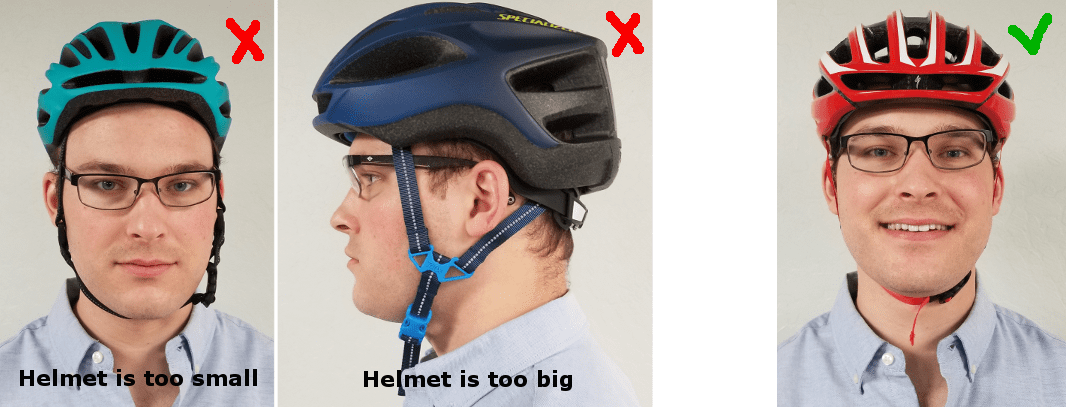
What to look for when choosing a helmet
What to look for when choosing a helmet
There are many models and types of helmets on the market. How do you decide which helmet is right for you? How do helmets differ and what functions, besides protective, do they perform? The tips presented in this article will help you navigate when buying.
First, you need to make sure that the helmet meets the standard.
If you plan to take part in competitions, check the rules for which helmets are allowed to be used.
But to be sure that the helmet has the desired degree of protection, you should check for certification labels.
So, helmets made by manufacturers from the USA are certified by the American Society for Testing and Materials (ASTM) and the Protective Equipment Institute (SEI). SEI is accredited in Canada (SCC) and maintains a partnership with INSPEC International (UK). European helmets must comply with European directives (European equestrian helmet standard EN 1384).
Different countries have different certification standards, so helmets can be ‘double’ or ‘triple’ (or more) certified. According to the FEI rules (https://inside.fei.org/fei/your-role/medical-safety/safety) multiple helmet certifications are not required, but many manufacturers responsible for the quality of their products prefer to receive them:
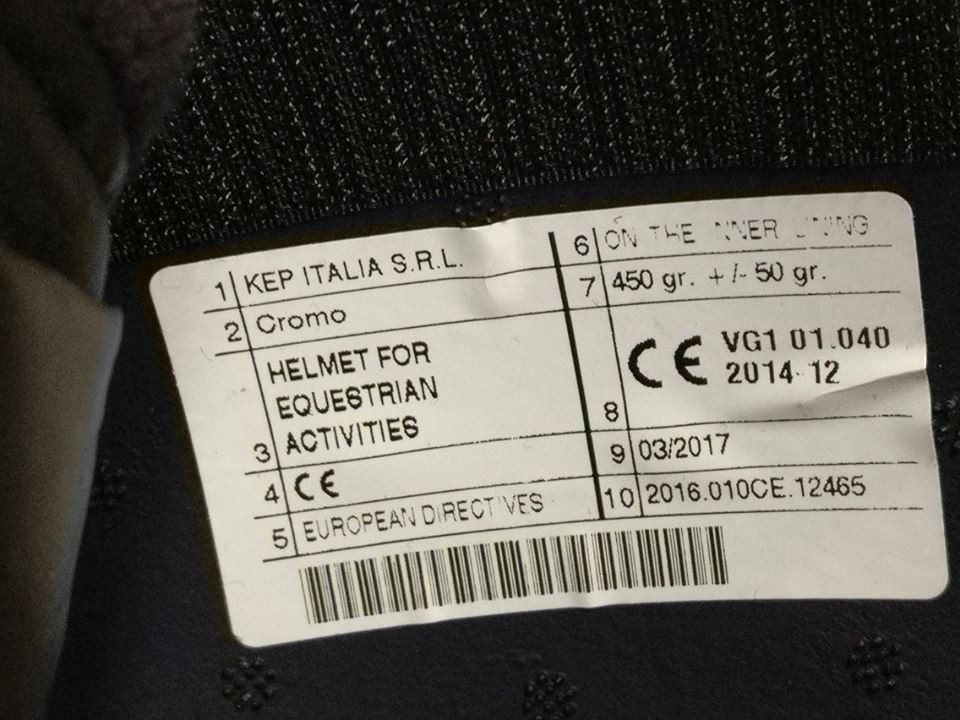
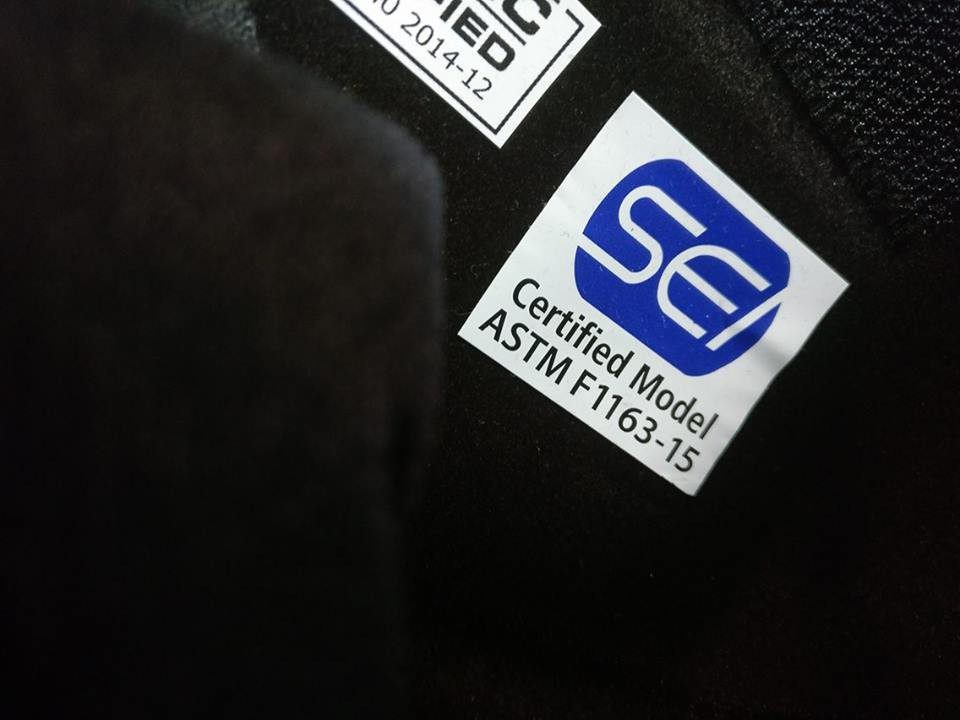
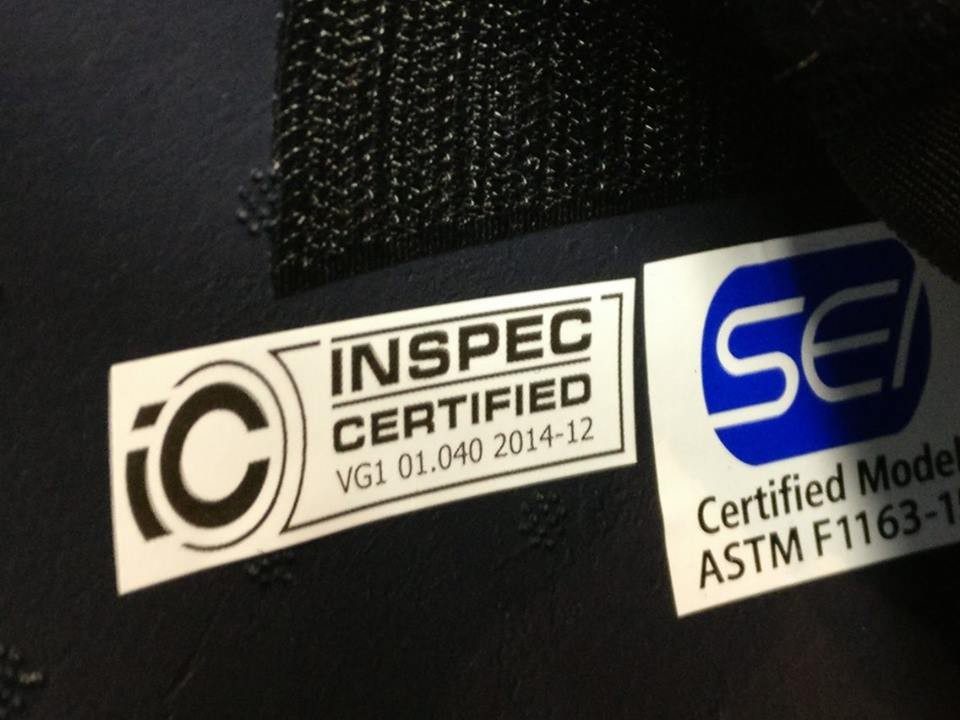
KEP Italia helmets have been certified by SEI, INSPEC and European Directives.
The most important factors in the reliability of a helmet are its ability to absorb shocks, a secure three-point attachment and the ability of the surface of the helmet to slide on the ground (this reduces the risk of fracture of the cervical vertebrae). Upon receipt of certification, all helmets are tested for compliance with these indicators.
You can see the certificate number on the helmet label. It usually reflects the year the standard was last updated. So, for example, the indication “ASTM F1163-04a – SEI” will tell you that the helmet was produced in accordance with the previous SEI standard (the latest standard is ASTM-F1163-2015 – you can see in the photo above). The European Directives were last updated (at the date of publication of our article) on November 1, 2016.
While there may be nothing wrong with an older version of a helmet, it’s best to choose one that’s certified to the latest standard when buying a new one. To make sure you are buying a helmet made within the last year, you can check the date of manufacture, also on the label.
For many of us, when choosing a particular thing, the main role is played by the question of price. And it’s with helmets that the old adage “You get what you pay for” doesn’t always hold true. Some of the safest models can cost you less than $100. On the other hand, well-known brand helmets with even less or equally high protection can cost more than $2000. What will you pay for? For greater comfort, for sophisticated design, for the possibility of modifying helmets to your liking, for durability and confidence in product quality. Everyone decides this issue on their own. One thing pleases – modern helmets allow us to look feminine both in training and on the battlefield, because equestrian sport, one way or another, becomes predominantly female.
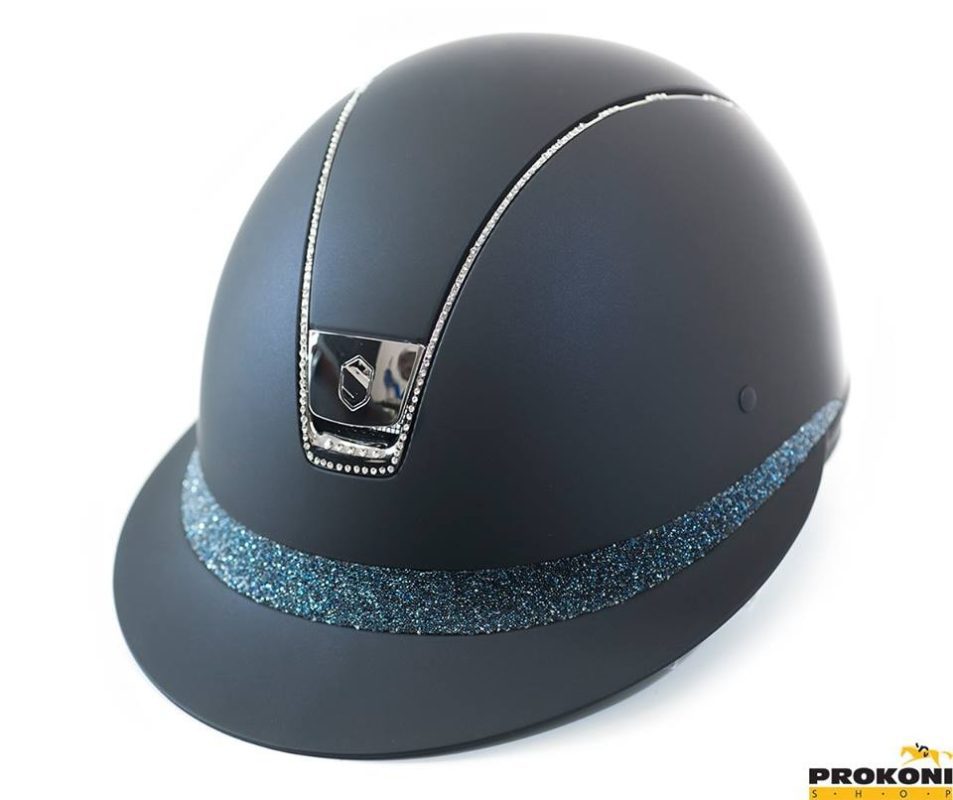
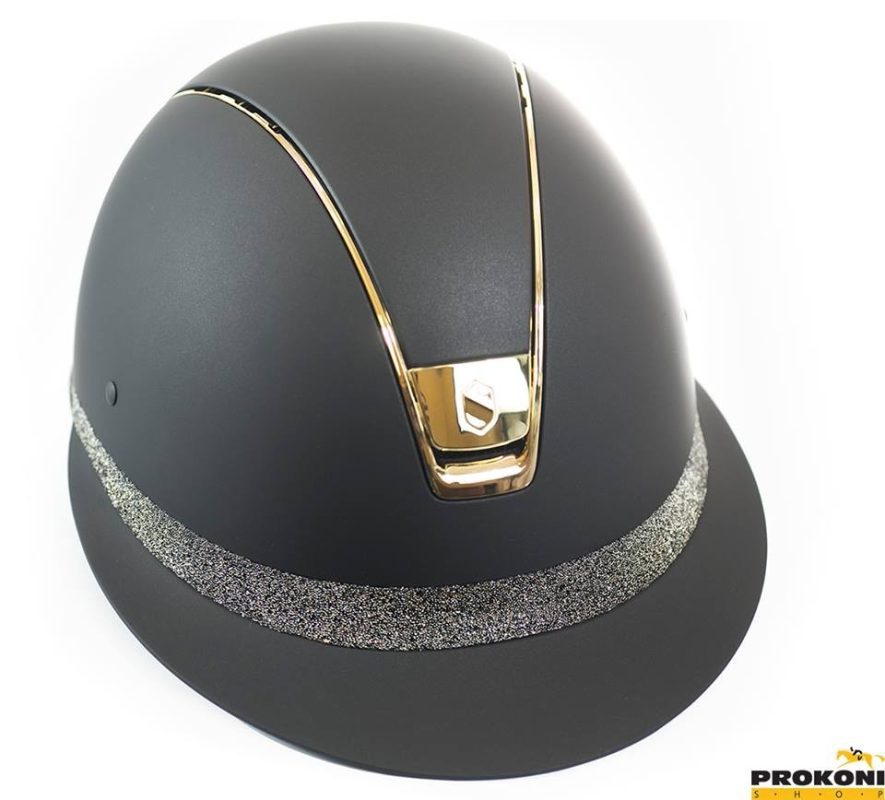

What else might be important? Size and shape!
Compliance with the size of the head is one of the most important characteristics of the helmet. But no two goals are the same. Many manufacturers offer two or sometimes more different scales in addition to the traditional three sizes. Some make models in only one shape, but there are those who can offer you some options. So, the same model can be available in “round”, “oval” and “oblong-oval” forms.
To make the right choice, do not hesitate to contact your local manufacturer representatives! This is the easiest way to get a helmet that will please you in all respects.
Today, many companies offer the ability to change the helmet according to your wishes or fit it to your size. Some manufacturers offer adjustment in the inner area with a hook-and-loop closure. Others provide a specific positioning system or a wheel at the back of the helmet. Instructions for using the specific system are included with each helmet. They are so important that they are often attached to the product in such a way that you need scissors to remove them.
If your hair is long or too thick, it may affect the fit of the helmet. If you’re wearing your hair in a ponytail, look for a helmet with a specific accommodating design.
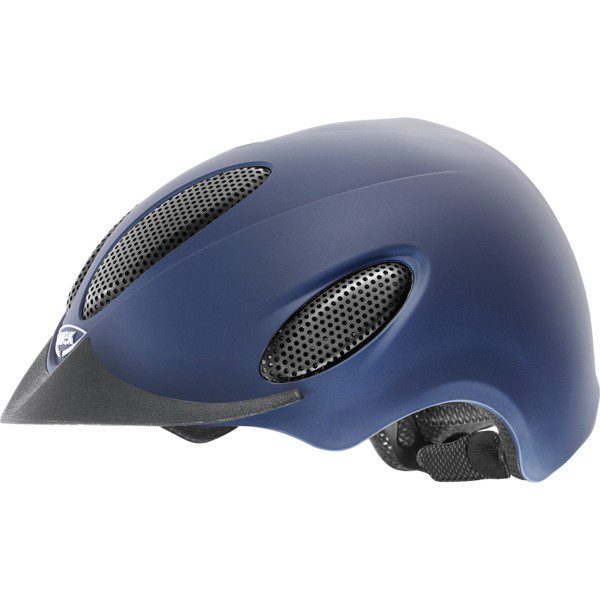
Adjustable helmet.
If you have different hair styles for tournaments and for home training, you can buy two helmets or choose a helmet with a special stabilization system that will allow you to achieve the desired adjustment.
Now let’s talk about Where is the best place to buy a helmet?.
The best place to buy is a store of ammunition and riding equipment.
There you will not only find a wide range of models, but also be able to get professional advice from the seller on all your questions. The more qualified the store staff, the faster you will pick up a helmet for yourself. Even if a suitable helmet is not available, you can order it from the manufacturer right on the spot.
If you are buying a helmet online or from a catalog, start by measuring the circumference of your head. Wrap the measuring tape around the widest part of your head. Then, focusing on the size grid, determine your size. Some manufacturers and stores may have their own size grid, check this point.
When choosing a helmet in the online store, check if it is possible to try on helmets in two/three sizes. Review your purchase carefully.
Wherever you buy a helmet, never compromise and buy something that doesn’t suit you in any way. We also do not recommend that you buy used helmets. Such a helmet may look good, but no one can guarantee whether it has cracks or deformations under the shell.
Tips for fitting a helmet.
Put the helmet on your head, with the visor horizontal to the ground. Without fastening fasteners, check the following:
- The front of the helmet rests about 3 centimeters above your eyebrows.
- As you move the helmet from side to side and back and forth with your hand on top of it, your forehead and eyebrows move with it.
- When you tilt your head, the helmet doesn’t fall off.
- The back of the helmet reaches or covers your occiput (a bony bump at the base of your skull).
If your helmet fits well and matches the shape of your head front and back, but doesn’t touch the sides of your head, look for an “oval” or “oblong-oval” variation of this model. If the helmet, on the contrary, fits well on the sides, but does not touch the front and back of the head, look for a more round one.
Once you’ve found a helmet that meets all of the above criteria, put it on and shop around for a bit. 15 minutes will be enough. The warmth of your head will slightly change the shape of the helmet, usually for the better. If you experience pain or uncomfortable pressure, if red spots appear on your forehead, look for another model.
Do not tighten the straps until the helmet has passed the above “tests”.
In accordance with safety standards, modern helmets are made with jaw straps, not chin straps – it is supposed to be safer.
The jaw straps are designed to hold the helmet in place during two dangerous moments: hitting the head on the ground and hitting the rider’s head with a horse’s hoof.
A properly adjusted jaw strap is in constant contact with the two edges of the jaw. Don’t count on a helmet to protect you if the straps dangle an inch below your jaw.
When adjusting your helmet, follow the instructions. The better a helmet fits you, the better it will protect you and the more comfortable it will be.
Valeria Smirnova, Maria Mitrofanova from the site http://practicalhorsemanmag.com/
Photos courtesy of Prokoni Shop





